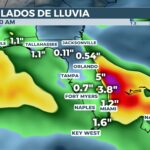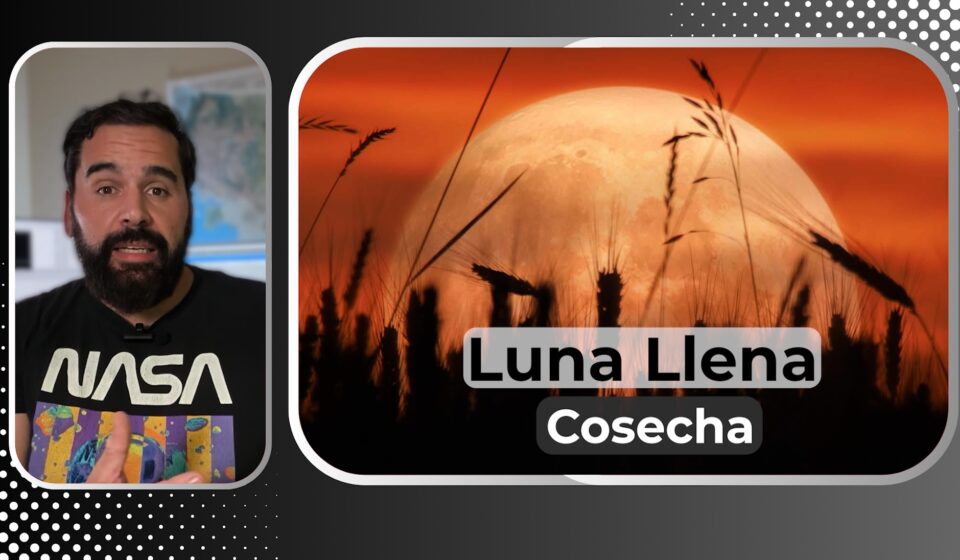
Astronomical guide for October
October arrives powerful for early risers and for those who look west at sunset: harvest supermoon, two meteor showers (Draconids and Orionids with new Moon), and Mercury in its best evening opportunity of the year towards the end of the month. Here's a day-by-day calendar (October 1-30, CDT) and practical tips for squeezing the sky.
Quick overview of the month
- Afternoons / early evenings: Saturn stands out in Aquarius; visible from dusk until well after dawn.
- Low sunset to the W-SW: Mercury it costs at the beginning, but it improves and dominates from the middle/end of the month; Mars very low, difficult.
- Dawn and dawn: Jupiter shines high before dawn; Venus see under above the E horizon, approaching Spica by the end of the month.
Minimum recommended equipment: reclining chair, coat/blanket, 7×50 or 10×50 binoculars and a star map app. If you can, search for dark skies (escapes from urban light).
Important points
- Quick overview of the month
- October Moon (CDT)
- October 2 - Crescent Moon
- October 4th -International Moon Observation Day
- October 6th - Harvest Supermoon
- October 8 - Draconids
- October 12 (Andromeda)
- October 14 - Waning Quarter
- October 17 - Orionids
- October 21 - New Moon
- October 29 - Mercury at maximum elongation E
- Practical advice
- Conclusion
October Moon (CDT)
- Full Moon - Harvest Supermoon: Mon 6, ~10:47-10:48 p.m. CDT (03:47-03:48 UTC on the 7th). Coincides with Saturn in the same sector of the sky.
- Waning quarter: Tue 14, 1:12-1:13 p. m. CDT.
- New moon: Mar 21, 7:25 a.m. CDT (black sky ideal for Orionids the night of the 20th to the 21st).
- Crescent quarter: Wed 29, 11:20-11:21 a. m. CDT.
Curiosity: in a supermoon, the Moon looks ~7% larger and ~15% brighter because of its proximity to the perigee.
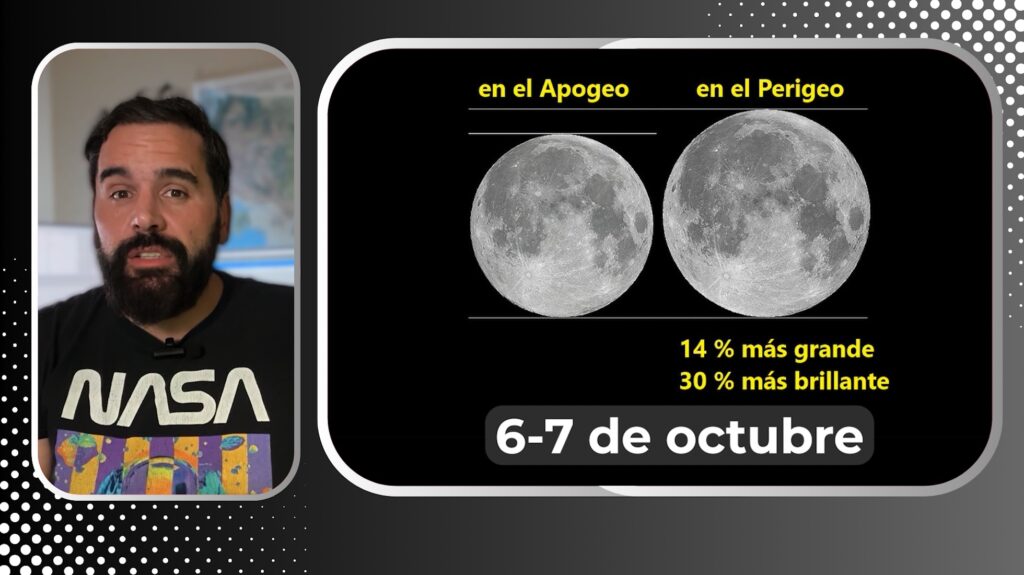
October 2 - Crescent Moon
- The Crescent moon advances towards full; good relief of craters in terminator.
- Comet C/2025 R2 (SWAN): low to the southwest after sunset (very uncertain; better with binoculars).
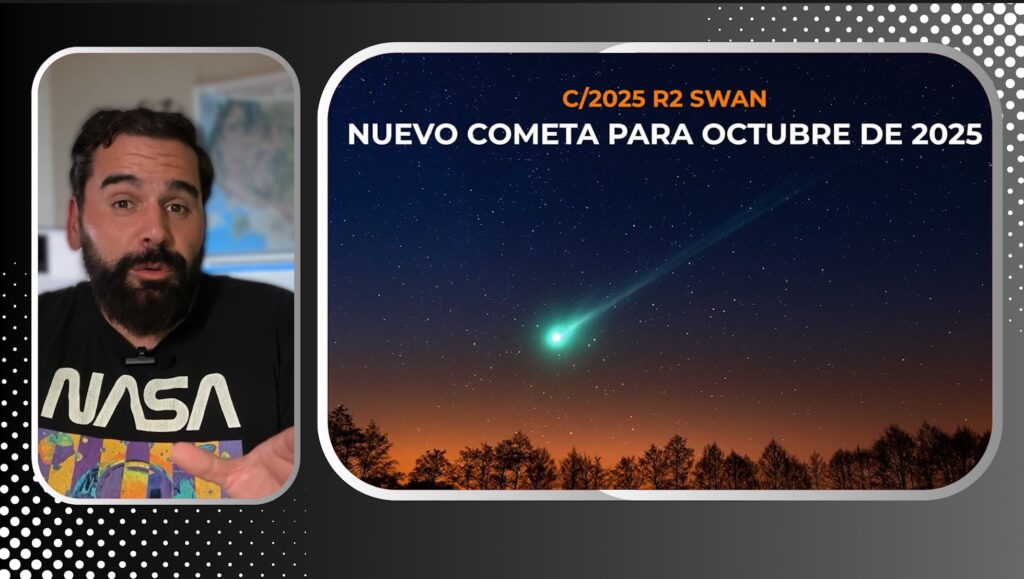
C/2025 R2 (SWAN) was discovered on September 11, 2025 in images from the instrument SWAN aboard SOHOand went through the perihelion on September 12 at ~0.50 AU from the Sun. It is a comet of very long period (≈22 000 years old), now en route to its closest approach to Earth around the October 19-20 (≈0.26 AU, ~39 million km). Its brightness is around mag 5.9-6.3with variations due to possible outbursts activity, so it can enter the binocular range from dark places.
For watch itsee low over the western horizon shortly after sunset, with better geometry from the Southern Hemisphere. In early October, it passed near Zubenelgenubi (α Librae), a good reference for locating it; in the Northern Hemisphere it remains very low and the twilight competes, so that 7×50 or 10×50 binoculars help a lot. The best windows: the first decade of October and again around October 19-20; remember that comets are unpredictableVerify the same day with a star map app or updated ephemerides.
October 4 - October 4 - October 4 - October 4 - October 4 - October 4 - October 4 - October 4 - October 4International Moon Observation Day
- Ideal plan: binoculars on Tycho, Copernicus y Mare Imbrium.
- If you see a thin outline on the dark side on thin moons, this is the CINDER LIGHT.
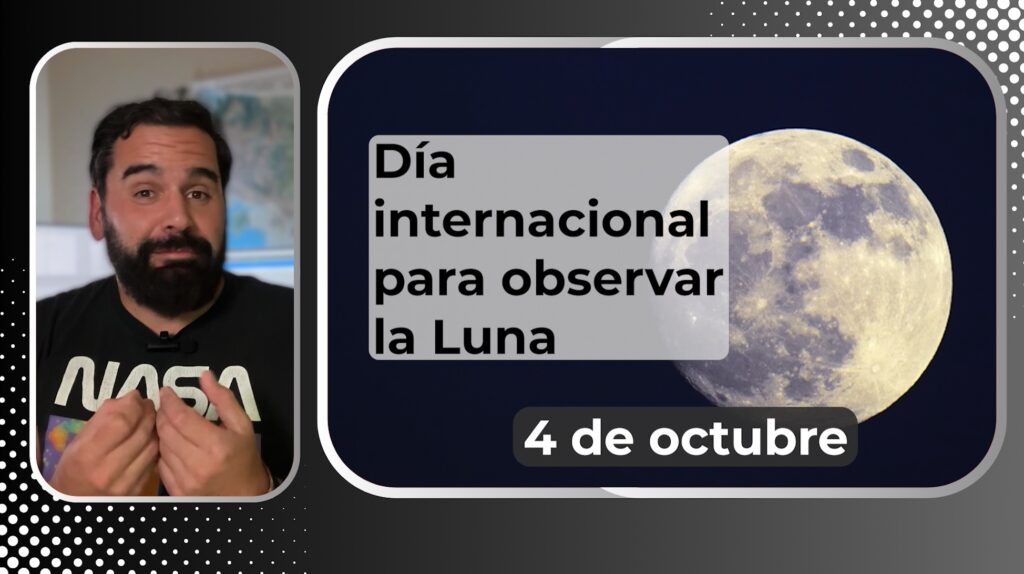
October 6th - Harvest Supermoon
- Maximum ~10:47-10:48 p. m. CDT.
- Idea of observation: rising of the Moon above the eastern horizon ("giant moon" effect by visual illusion).
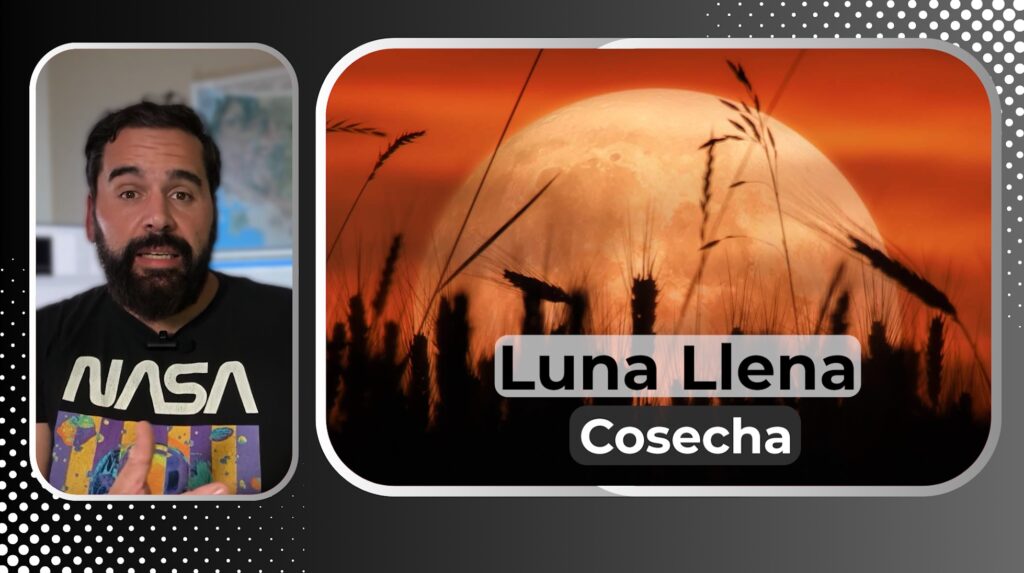
Night after the full night: Bright moon still dominates; better for moonwalks than for deep sky.
Saturn visible all night long.
October 8 - Draconids
- Better strip: first hours after sunset with Draco high.
- The Moon (gibbous) will interfere: use a building/tree to block its glow.
- Whimsical" alerts: some times they have given outbursts (not expected, but... it doesn't cost to look!).
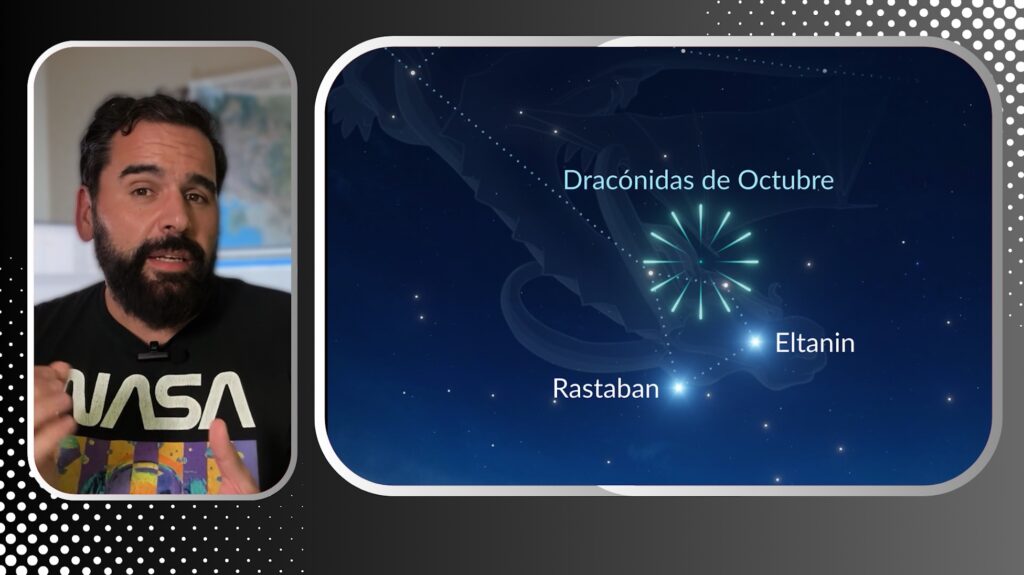
October 12 (Andromeda)
- Moon approaching the waning quarter (day 14).
- Ideal for Andromeda (M31) from dark skies: small elongated cloud with the naked eye; with binoculars it grows spectacularly.
- Early morning: Jupiter high, Venus low to E.
- Essay for Orionids: identifies Orion and your neighborhood to locate you on 20-21.
October 14 - Waning Quarter
- Superb lunar relief at dawn (long shadows on craters).
- Good conditions to observe clusters such as the Double Perseus Cluster (h+χ) with binoculars.
October 17 - Orionids
- Window for Mercury increasing: still low, binoculars help.
- Check your observation point for the Orionids (safety and darkness).
- Very thin moon at sunrise en route to New Moon.
- Venus as a "beacon" of the dawn; it tries to detect the CINDER LIGHT if the phase permits.
- Very fine crescent with Venus at dawn: nice photo with telephoto lens, horizon E clear.
- Last adjustments for the big night of meteors.
- Observe from midnight to dawn. New Moon on the morning of the 21st ⇒ black sky.
- In dark skies: ~10-20 meteors/h (may vary). Meteor fastsometimes with persistent traces.
October 21 - New Moon
- The window of Orionids in the early morning.
- Alternative plan: Milky Way y deep skyalso tests the Andromeda Galaxy.
- Moon passes near Antares (red heart of Scorpio) after sunset.
- Fact: Antares ≈ 700 solar diameters.
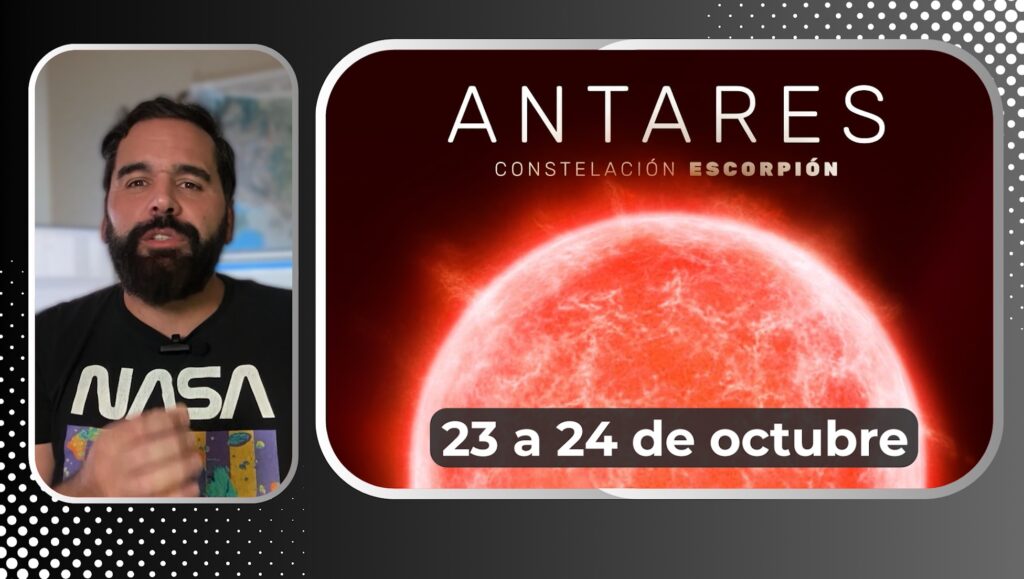
Antares, the "heart" of Scorpio, is a red supergiant so enormous that, if it were to replace the Sun, its atmosphere would extend Beyond the orbit of Mars. Its name comes from the Greek anti-Ares ("rival of Mars") because of its intense reddish colorThe sky seems to compete with the planet. It is a variable starIts brightness rises and falls smoothly with time, and it is enveloped in gas and dust expelled by its own stellar winds. It forms a dual system with a partner bluish and warm (Antares B), visible with large telescopes but difficult because of the brightness of the main one. It was one of the "four real stars" of ancient Persia (together with Regulus, Aldebaran and Fomalhaut) and has been used as a reference for navigators and seasonal calendars for millennia. Like other supergiants, Antares is in a late phase of its life and, in sometime in the next million yearscould end its evolution as supernova.
- Sagittarius and the area of the "Teapot"spilt milk of the Milky Way to the south-west (dark skies).
- Mercury continues to gain some afternoon altitude.
October 29 - Mercury at maximum elongation E
- ~5:00 p. m. CDT (~22:00 UTC), a ~24° del Sol.
- How to see it: 30-45 min after sunset, down to the westA building/tree can block the sun's glare. Mars can serve as a visual "anchor" if your latitude permits. Binoculars highly recommended.
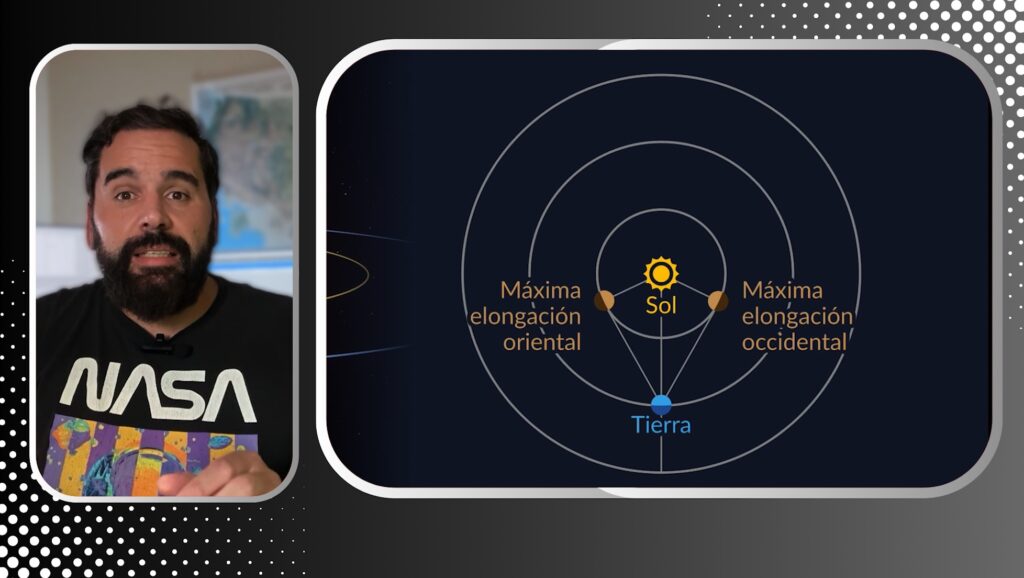
- Last nights of the month with Mercury still observable after sunset.
- Pleiades (M45) already appear earlier: a foretaste of the November sky.
- Cassiopeia (the "W") high to the NE; below it, the Double Perseus Clustersplendid with binoculars.
- Andromeda (M31): small cloud with the naked eye in dark skies; with binoculars it gets noticeably longer.
- Pleiades (M45): are up late this month, protagonists of the November sky.
Practical advice
- Choose the place: clear horizon to the west (Mercury/Mars) and this (Venus/Jupiter).
- Avoid lights: turn off screens and use red lantern not to lose nocturnal adaptation.
- Weather: skies transparent and with low humidity give better contrasts.
- Plan it: apps such as Stellarium give you the exact time and altitude according to your city (set to CDT/CST in the U.S.).
- Kites (SWAN & Lemmon): unpredictableVerify the same day in your app or with observer reports.
Conclusion
October 2025 is a stellar month for lovers of astronomy. Alignments, conjunctions and meteor showers remind us that the universe is in constant motion. If you have clear skies and a little patience, every early morning will be an opportunity to marvel.
📸 Did you capture something with your camera? Tag @canalmeteo or use the hashtag. #CieloCanalMeteo so that we can share it.


